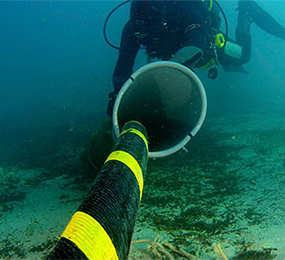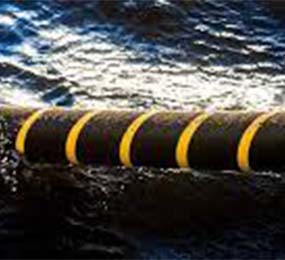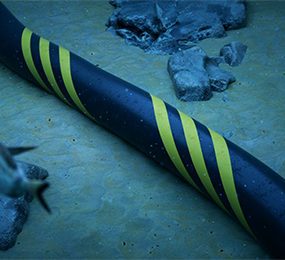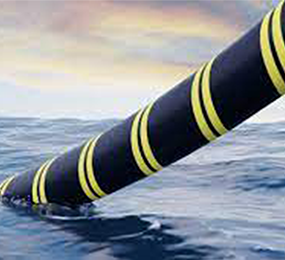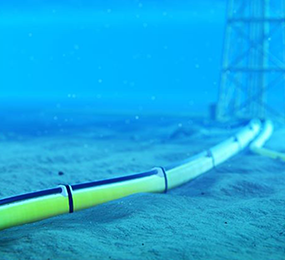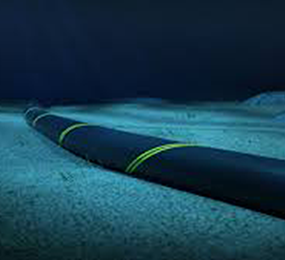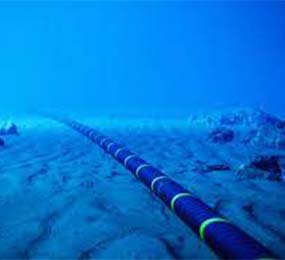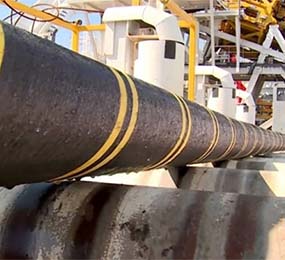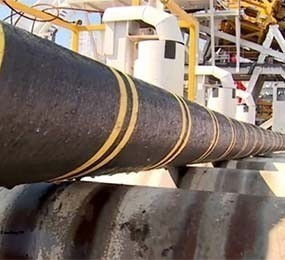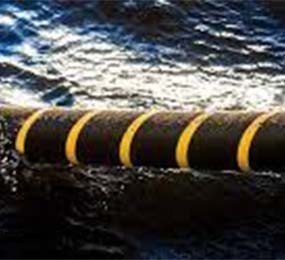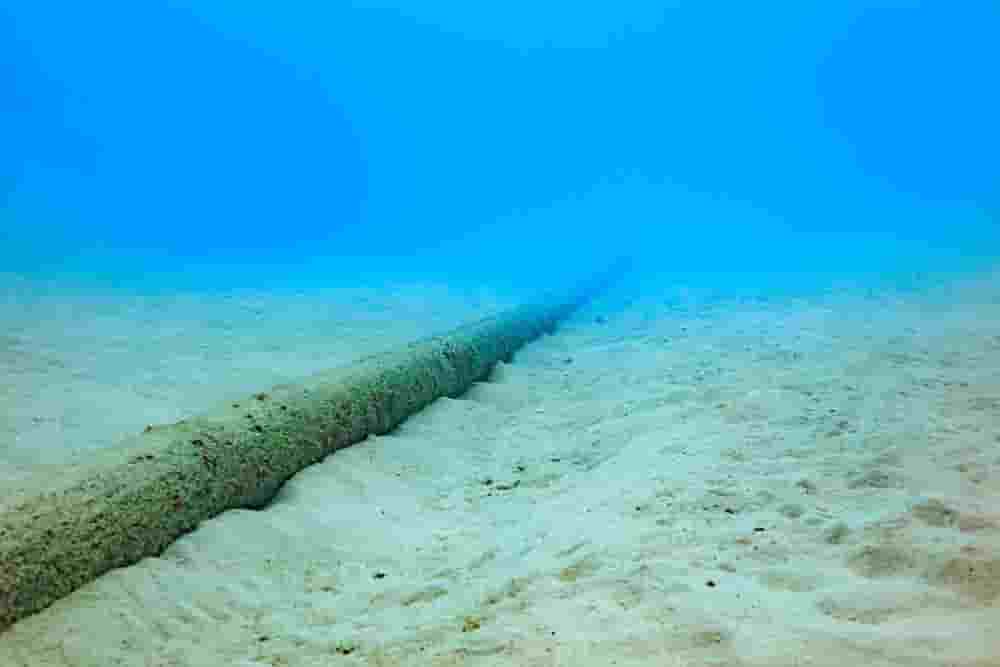Risk Mitigation Strategies for Submarine Cable Projects: Lessons Learned from Industry Leaders.
Submarine cable projects are complex and high-risk undertakings that require careful planning and execution to ensure successful delivery. As the demand for global connectivity grows, the importance of submarine cables in providing high-speed internet access has never been greater. However, these projects face significant challenges, including harsh ocean conditions, regulatory hurdles, and geopolitical risks.
1. Conduct thorough risk assessments: Before starting a submarine cable project, it is essential to conduct a thorough risk assessment to identify potential risks and their potential impact. This should include risks associated with route planning, cable design, installation, and maintenance. By identifying potential risks early on, project teams can develop appropriate risk mitigation strategies and contingency plans.
2. Select experienced partners: Choosing the right partners is critical to the success of any submarine cable project. Working with experienced cable manufacturers, installation contractors, and marine surveyors can help mitigate risks associated with technical expertise and project delivery. Partnering with companies with a proven track record in the industry can also provide access to valuable insights and lessons learned from previous projects.
3. Engage with stakeholders: Submarine cable projects are subject to various regulatory and stakeholder requirements, including environmental impact assessments and permits. Engaging with stakeholders, including government agencies, local communities, and environmental groups, early in the project can help identify potential risks and build support for the project. Effective stakeholder engagement can also help mitigate the risk of delays or regulatory hurdles during the project delivery.
4. Adopt redundancy and resilience measures: Submarine cables are vulnerable to damage from various sources, including fishing activities, natural disasters, and cable breaks. Adopting redundancy and resilience measures, such as multiple cable systems, diversified routes, and backup systems, can help mitigate the risk of service disruptions and minimize the impact of cable damage.
5. Develop robust contingency plans: Despite all the planning and risk mitigation strategies, unforeseen events can still occur during a submarine cable project. Developing robust contingency plans can help project teams respond quickly and effectively to unexpected events, such as cable damage, equipment failure, or severe weather. Contingency plans should include procedures for communication, incident response, and backup systems.
In conclusion, submarine cable projects are complex and high-risk undertakings that require careful planning and execution to ensure successful delivery. By adopting risk mitigation strategies, such as conducting thorough risk assessments, selecting experienced partners, engaging with stakeholders, adopting redundancy and resilience measures, and developing robust contingency plans, project teams can mitigate risks and deliver successful projects. Learning from the experiences of industry leaders can provide valuable insights into best practices and lessons learned for future submarine cable projects.
Visit our website to know more: https://www.leadventgrp.com/events/2nd-annual-submarine-power-cable-and-interconnection-forum/details
For more information and group participation, contact us: [email protected]
Leadvent Group - Industry Leading Events for Business Leaders!
www.leadventgrp.com| [email protected]


